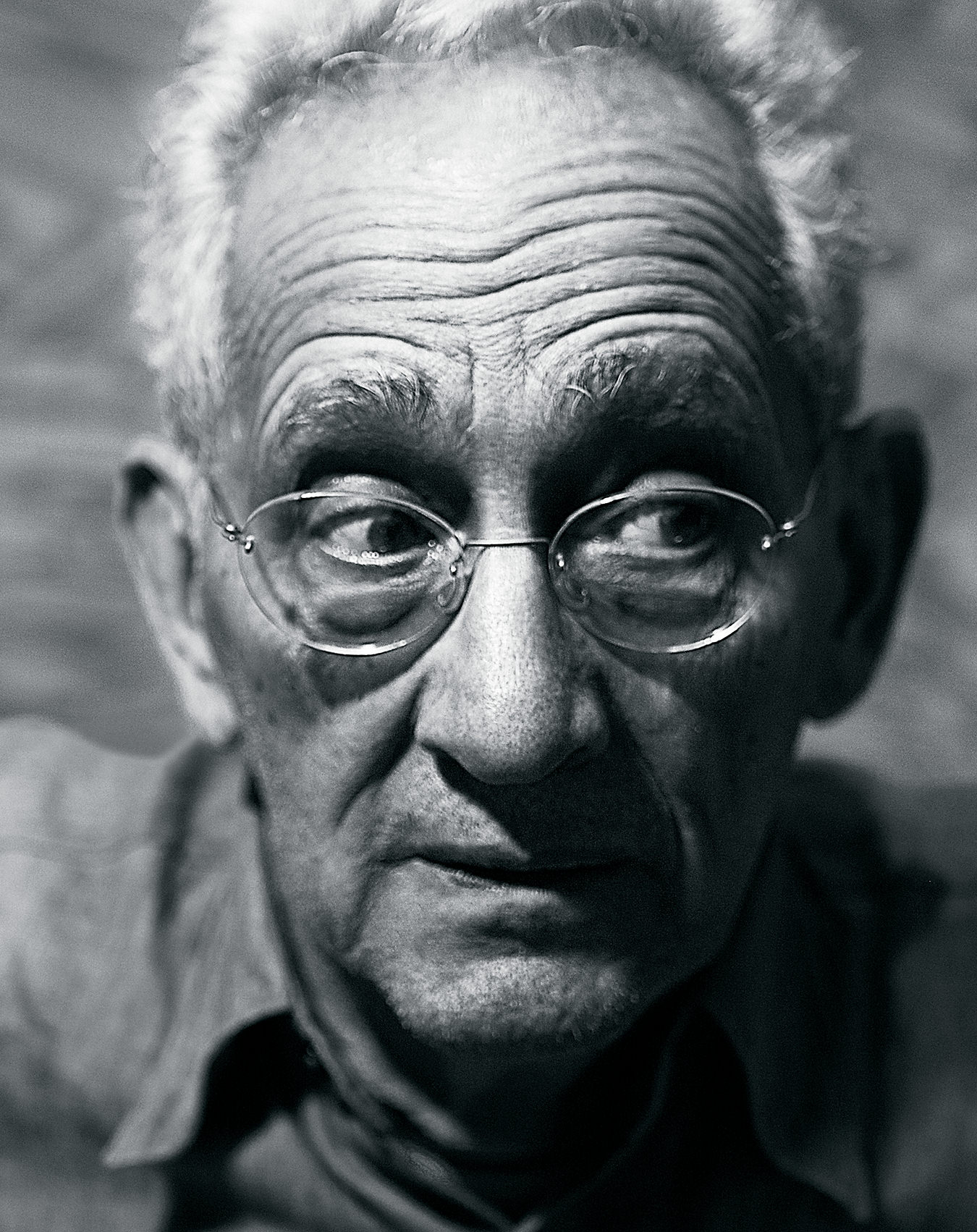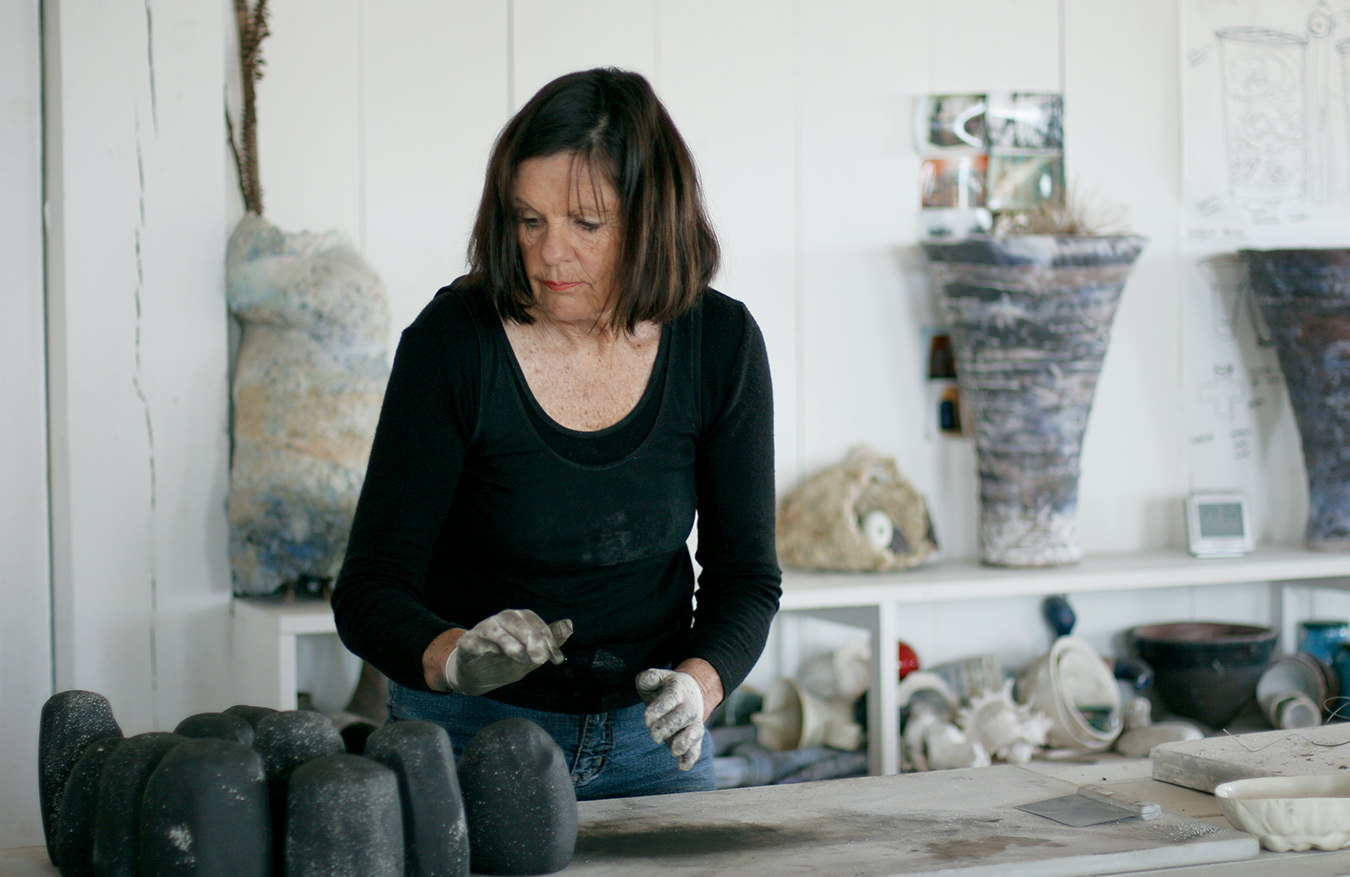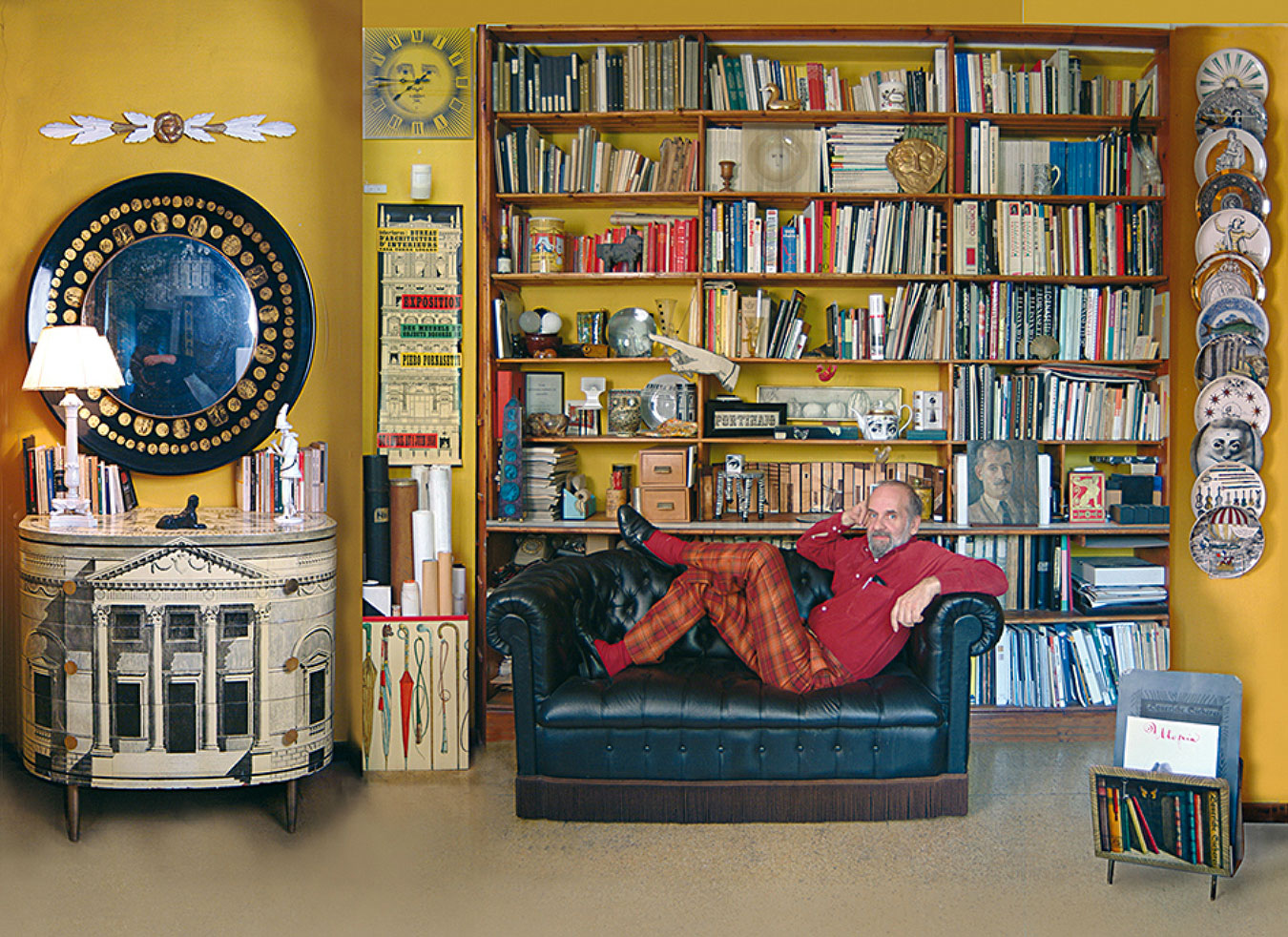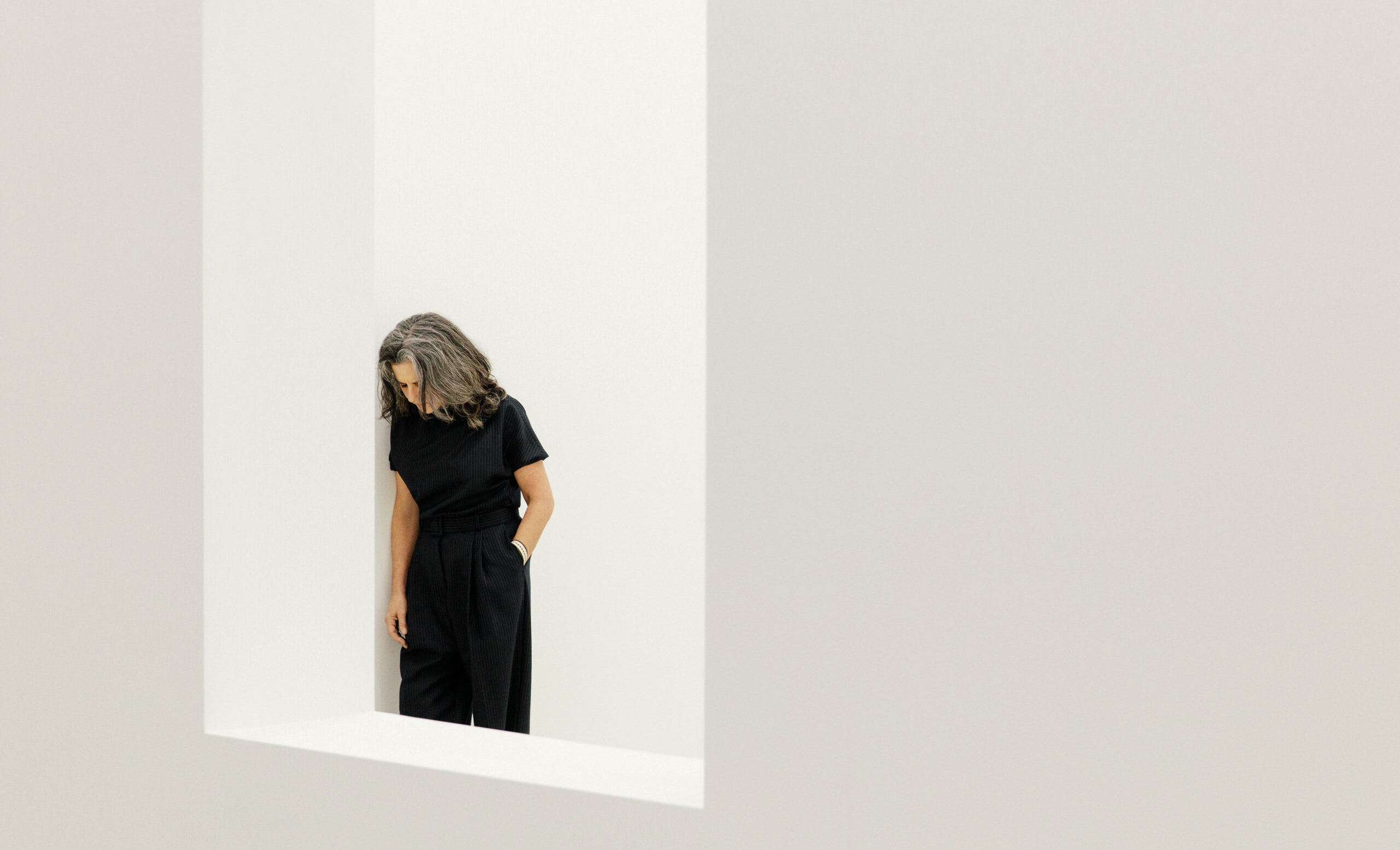
Catriona Jeffries Articulates Canadian Art
A gallerist’s practice.
In Vancouver, just south of the sugar refinery, all appears quiet on an industrial stretch of East Cordova Street. There is no sign indicating a gallery—just the initials CJ painted on black wrought-iron gates. The letters quietly announce the latest home of one of the most eminent artistic hubs in the city, if not the country: the Catriona Jeffries gallery.
The unassuming entrance is reflective of the owner, who has the remarkable capability of revealing small truths about herself with candour. “We have preconceived notions of what a space should be in a city,” she says in her distinctive moderated tone. Her gallery challenges those notions with, as she puts it, “a little bit of discomfort that creates curiosity.” To the uninformed observer, this place is just an address—but to Catriona Jeffries and many others in the art world, the gallery is the sum of its content: the uncomfortable and not.
Jeffries has owned and operated the Catriona Jeffries gallery since 1994, starting out on Granville Street, then moving to East 1st, and now the current location. She had also previously experimented with a couple of spaces for a gallery and working with artists when she was an impatient master’s student studying art history at the University of British Columbia (UBC). It’s difficult to identify and circumscribe her role now: by trade she is a commercial gallerist, but in practice she is a facilitator, liaison, and cryptographer for contemporary art and artists in Canada. Her intangible qualifications are what have led her tenaciously through the industry.
Jeffries has forged relationships with and represents the likes of Brian Jungen, Ian Wallace, and Elizabeth McIntosh, along with 17 other contemporary artists. “In the late ’90s, Catriona began to open the door to a group of young artists emerging out of art school who were not following the monolithic path of a type of photography that existed in Vancouver at the time,” says Geoffrey Farmer, best known for his sculpture and film, and whom Jeffries has represented for over 20 years. “Catriona connected the dots between artists of all kinds. What distinguished her from other galleries was the heavy lifting it took to take our practices out of Vancouver and into an international context.”
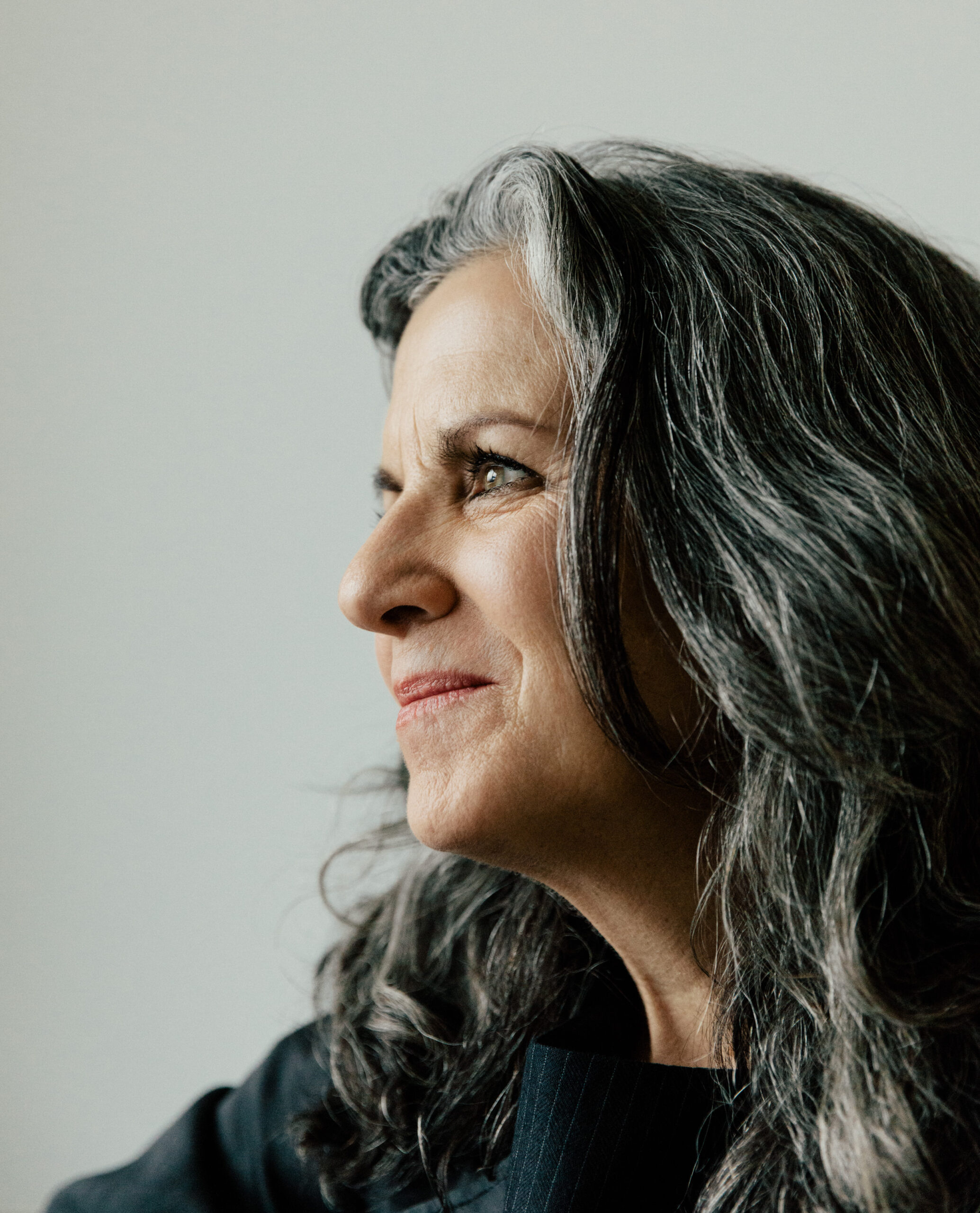
For Jeffries, the journey to this point has been “a very special path that has taken a phenomenal amount of work, and I think about that sometimes, and it can move me.” The sentiment holds within it the entirety of her 32 years as an ambassador for her artists. She is reluctant to point to a universal gallerists’ practice, but concedes that she does work in a specific way, watching artists for a long time and engaging them in conversation. “There is no one template that is the thesis for how this gallery operates,” she says. However, the genesis of the Catriona Jeffries gallery was deeply influenced by the conceptual period in art history and the strategies that were taking place in Vancouver by artists such as Ken Lum, Michael Morris, and Roy Kiyooka in the late ’80s and early ’90s. “That became a kind of rebounding register for which I would think about art and artists,” and in a way, that moment in art history influences the continued investigation and dialogue that the gallery is having with artists. Developments in sculpture, site-specific installation, video, and performance art grew through the 1970s until Canadian artists were working with a vast array of media that challenged the old vanguards in a quickly expanding urban nexus. There was a boom in opportunity for artistic fodder and exhibition space at the same time. It was a perfect storm of maturation in an art world already turning to figurative and representational approaches to photography, sculpture, and painting to discuss social issues and injustices.
Conceptual art is a movement that began in the 1960s, where the idea behind the work takes precedence over aesthetic and form. The concept creates the piece. Oftentimes, to view it is to feel like your brain is feathering at the edges. The moment of understanding that you reach for is there, and then it isn’t—it flits in and out of focus, teasing you with occasional “aha” moments that are impossible to articulate aloud.
Jeffries can not only articulate the conceptual art, but she can also engage with artists and their work on a deep, abiding basis. Her commitment to the movement of contemporary art can make it tempting to search for parallels among the gallery exhibitions in an effort to draw some common conclusion about the gallery, but Jeffries cautions against that. “There is a part of me that can break down critical conceptual thought within an artist’s practice,” she analyzes. “I could maybe start to think, ‘That new artist that I’m looking at could take that thinking and break it up further.’ There are thoughts that create critical relationships within,” but it is an intricate system that could dissolve itself if picked at too thoroughly.
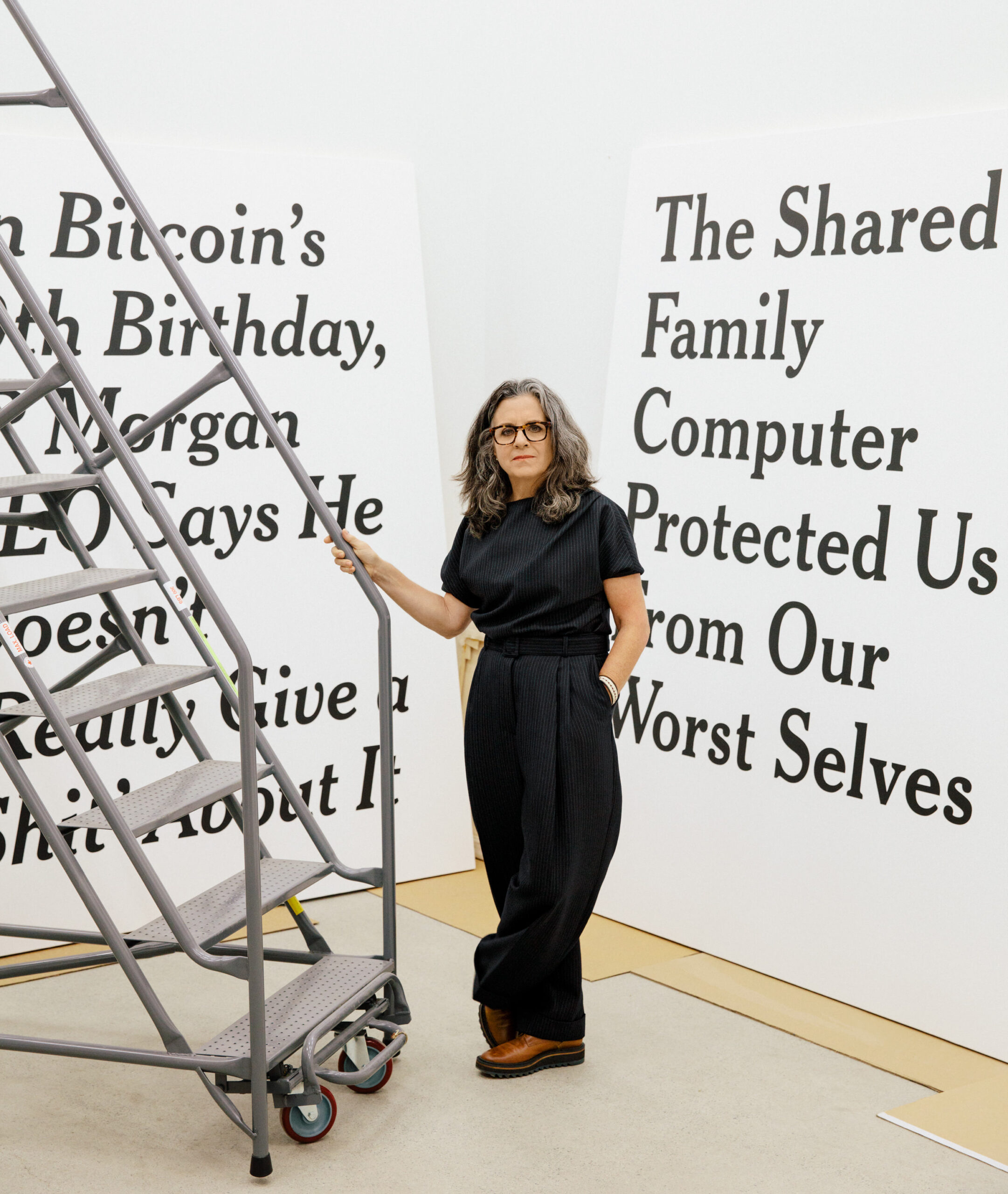
She and the artists engage in a tandem quest to continually move forward, consider, and question the contemporary world through art that will undoubtedly remain ever present in the mise en scène of Canadian art. But maintaining that level of relationship requires an in-depth rigour for ongoing discourse about heady topics relating to contemporary life. Jeffries continues those conversations not only at home, but also internationally, acting as a liaison and translator of sorts for other institutions. Be it the Whitney Museum of American Art, Tate Modern, or the Museum of Modern Art, Jeffries has a seat at the table for discussions around scholarship and museum collections.
With each gallery move over the years, she has opened herself up to growth and evolution. Guerilla art installation activity done under the cloak of night without zoning permission meant that her previous spaces were bursting at the seams, so she was knocking down walls and raising roofs to accommodate the artistic concepts. “We knew we were going to blow that building up if we kept going,” she says of her first space. In 2005, a Germaine Koh work entitled Shell, which played on sheltering in the city, and spaces within and without, required punching out the front of the Granville Street gallery so that it was accessible 24 hours a day. Not to mention the Geoffrey Farmer exhibition, Every surface in someway decorated, altered, or changed forever (except the float), that raised the roof by 13 feet and put a temporary changing structure on top. None of which was to code.
This past February marked the one-year anniversary of the gallery’s new address—a 10,000-square-foot marine metal workshop converted by Patkau Architects—but what would otherwise have been a moment of contemplation for some, passed relatively unmarked for Jeffries—she doesn’t need a milestone to remind her to reflect. Her gallery is a continuum, one that prioritizes moving forward and asking questions of contemporary art and ideas in our time.
By trade Catriona Jeffries is a commercial gallerist, but in practice she is a facilitator, liaison, and cryptographer for contemporary art and artists in Canada.
The Catriona Jeffries gallery isn’t a static entity, and although it has always participated in selectively working with artists who have connections to Vancouver and Canada, Jeffries is not interested in delineating a specific geography as the gallery’s identity. “From the very beginning, my interest was to have communication and broadcasting—so to speak—from this place in the world. I was always interested in being part of something larger than a local, but coming from a place that acknowledges a locale.”
Jeffries and her team continue to expand their reach while curating more large-scale exhibitions without blowing up the building. Due in large part to the gallery’s lack of architectural specificity, the vaulted ceilings and white walls take a step back to foreground the art and its purpose. When sculptor Liz Magor first saw the interior, she called it “a space that I don’t have to think about instantly filling the centre.”
Jeffries identifies her gallery as “a physical space [whose] ego is checked. It has ghosts. It has a history. The spirit running through here is incredible.” She is not needy of people recognizing her efforts so long as they are able to respect the artists’ work. She wants to see herself in a world where people can ask complicated questions through art even if that means her work is largely unseen by the viewer. Her practice is one of deep personal commitment.
Art extends beyond gallery walls. “None of the artists’ works stop here,” says Jeffries. “We continue to escort the work into the world to find a place of continued meaning. So after we’re all dead and gone as gallerists and artists, the work lives on. The work lives on in contributing to contemporary thinking and contemporary art.”
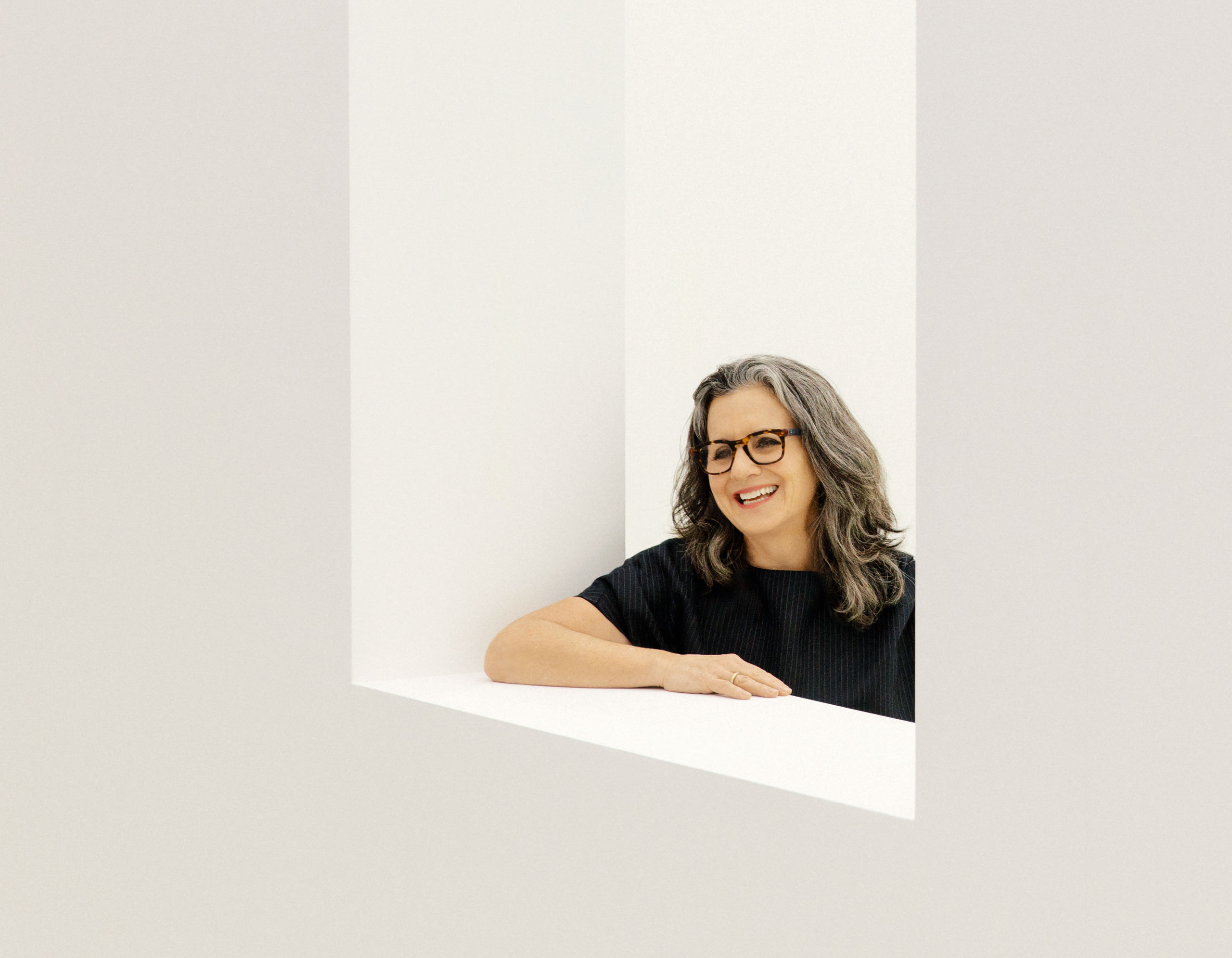
Artwork by Ron Terada, TL; DR 3 (detail), 2018–2019, 44 paintings, acrylic on canvas. Hair and Makeup by Talysia Ayala.
_________
Never miss a story. Sign up for NUVO’s weekly newsletter, here.


